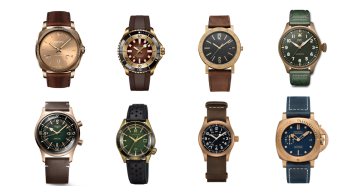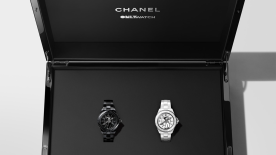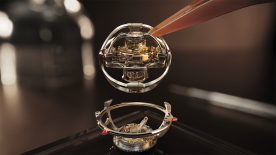The earliest bronze items ever discovered date back to 3,000 BC, which is considered the start of the Bronze Age (it ended around 1,000 BC). It was quite some time before anyone would think of using this alloy of copper and tin for watches… no surprises there! In fact, bronze was primarily used for making tools and weapons. It wasn’t until the 17th century that it began to play a role in interior design. You only have to look at the plethora of bronze pieces in the Château de Versailles, where building work began in 1623. Several centuries later, bronze reverted to its earlier utilitarian role, rather than being considered purely decorative. In the 1950s, deep sea exploration captured the public imagination and the alloy came back into favour, used for diving bells and a variety of equipment on research vessels and submarines.
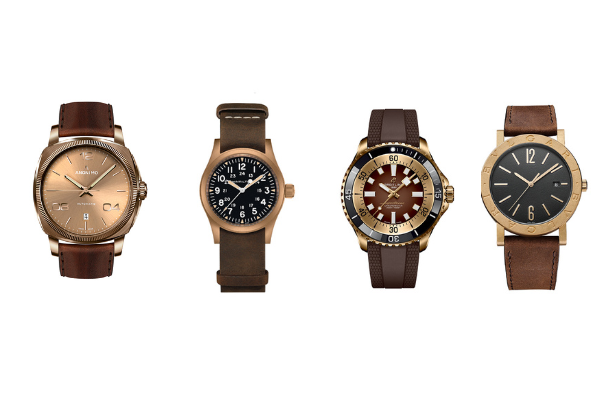
Today, its unique patina has granted it an entrée into the wonderful world of watchmaking, where it can be found on diving watches (which makes perfect sense), and other timepieces that aim to make the most of its vintage flavour. That won't be a surprise to any fan of bronze, who need no convincing of its many fine qualities. The colour, which is similar to copper but less red with a yellowish cast, changes over time depending on how often and where the watch is worn, and the pH of its wearer’s skin. As its colour gradually veers towards brown, sometimes with hints of green, a bronze timepiece develops its own unique character. And if the patina is not to your liking, you can reset the colour at any time by cleaning the case with a soft cloth dipped in vinegar and salt. Bronze has a similar hardness to steel, between 150 and 200 Vickers, which means it’s resistant to corrosion and doesn’t require any special tooling during the manufacturing process.
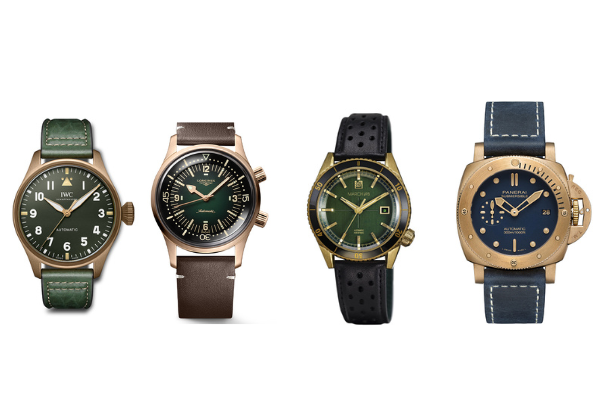
Because the alloy contains no iron, bronze is amagnetic. That means a watch with a bronze case is never affected by magnetic fields that can throw off the movement’s precision. However, it can contain traces of nickel, which can cause skin reactions. That’s why bronze watches always come with a steel or titanium back, to avoid continuous contact with the skin. This ancient alloy comes with numerous benefits, which explains the vast selection of bronze watches available today, much to the delight of its many fans.
